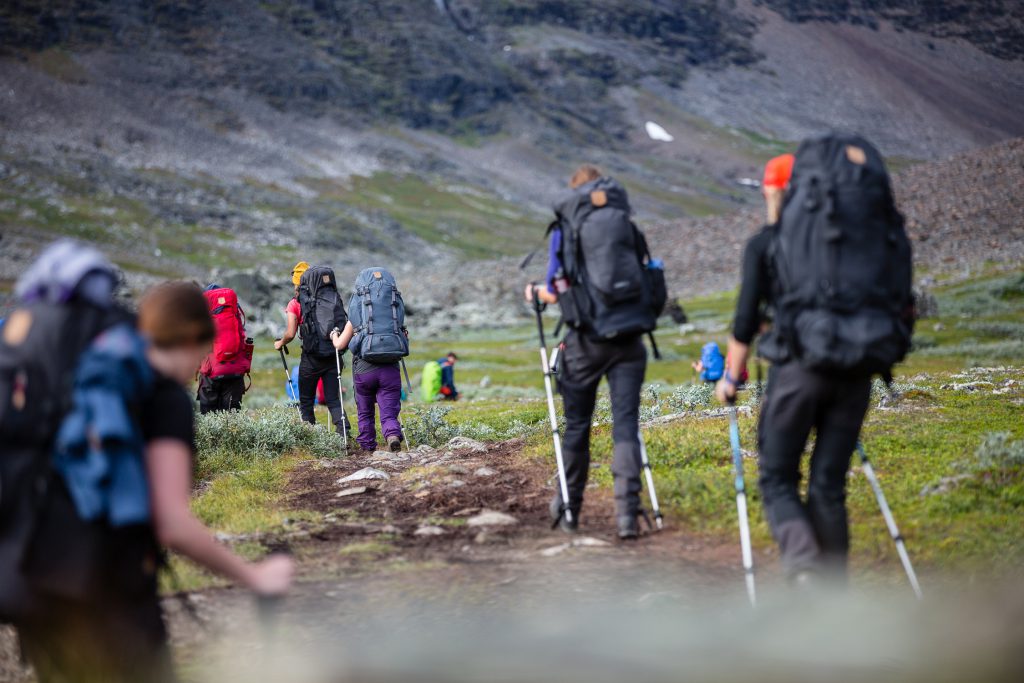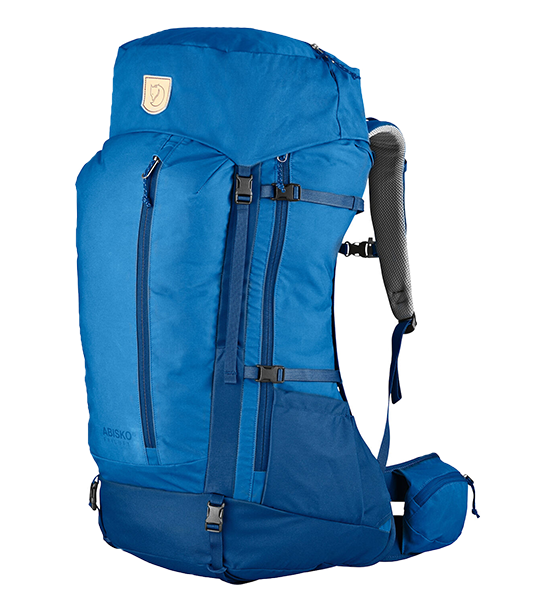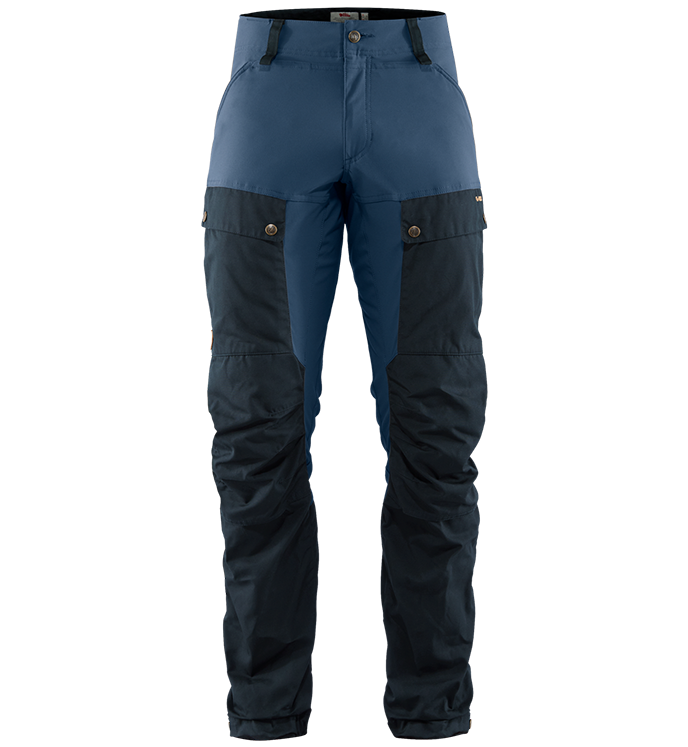Prepare for Fjällräven Classic – part 1: Fitness
Whether in Sweden, Denmark, Hong Kong or the US, get ready for your Classic trek with these tips.

Trekking Fjällräven Classic is just putting one foot in front of the other, right? So it can’t be that hard. If we received a kronor for every time we heard this, we’d be rich by now. Fjällräven Classic – whether in Sweden, Denmark, Hong Kong or the US – is not a walk in the park. And contrary to popular opinion, it’s not the distance itself that poses the greatest challenge. It’s carrying all your gear over that distance.
In the first of a four-part series, we’re sharing our tips for how to physically prepare for Fjällräven Classic. Parts two and three will look at what and how to pack and part four will be about the final little tips and things to think about during the trek to ensure you get the most out of it.

Start walking with a backpack
We can’t stress this enough. Trekking with 15-20kgs should not be taken lightly. Many people focus only on getting mileage in their legs. This isn’t enough. Start by regularly going on long, one-day hikes in a nearby nature reserve or national park with a backpack packed ready for the Classic you will participate in.
Start small; as your fitness improves and you get used to carrying a heavy load, slowly increase the distance. Ideally you should try and get out for a few overnight trips too, so you can walk two days in a row.

Find some hills, or stairs
Walking 20km on the flat is nothing compared to walking 20km on hilly or mountainous terrain. Every single Fjällräven Classic involves walking up and down hills. In the US, we’ve taken it up a step – you have to walk up and down mountains at high altitude.
You might not have mountains nearby, but hills are a good start. Begin with hill intervals: choose the biggest hill you can find and walk up 10 times. Use the downhill leg to cool off and relax. As your fitness improves add more laps, or if you’re really feeling it, you could try running up and walking down. A word of caution: running hill intervals is tough and not for the fainthearted.
If you live in a city or can’t see even the slightest bump on the horizon, find some stairs – preferably a few flights – to perform the above routine.
If you can do it all with a weighted backpack, than all the better. But don’t do this from the get-go. Hill walking, even without a heavy backpack, is tough on the knees…

Strengthen those knees
Our team of first aiders go through metres of support tape during Fjällräven Classic. Our knees (and hips) take a huge amount of strain when carrying a heavy backpack over uneven, undulating terrain. And for un-trained knees, well, tape ends up becoming essential. But prevention is better than cure. If you can strengthen the muscles that support your knees before you join us for Fjällräven Classic, you’re a lot less likely to reach for the tape, not to mention you’ll avoid a load of unnecessary pain. Here are three exercise to start practicing a couple of times a week to build up leg strength and thus help prevent knee pain.
(If you already have knee pain or injury you should consult a doctor before doing these exercises – in fact, before joining Fjällräven Classic. And, it goes without saying of course, if you feel any pain during these exercises you should stop immediately.)
1. Squats
Stand with your feet a little wider than shoulder-width and slightly turned out. Squat down ensuring your knees are above your feet, not bent inwards towards each other. Only squat as low as you can maintain a straight back. You shouldn’t round your spine. Repeat 10 times and do three-five sets.
2. Walking lunges
Stand with your feet shoulder-width apart. Take a big(ish) step forward with your left leg and lower into a lunge. Pause for a second. Then step your right foot up to meet your left, so you’re standing tall again. Then repeat on the other side, stepping your right foot forward first. Repeat 10 times per side. Do three-five sets.
3. Lying leg lifts
Lie on your left side, prop your head up with your hand, left elbow on the floor. Lift your right leg, keeping your foot flexed. Repeat 10 times then lie on your right side and repeat with your left leg. Do three-five sets.

Walk, walk, walk
Regularity is the way to go. Short hikes on a regular basis are better than long treks once in a while. Try and get out once a week with your fully-packed bag, the shoes you will use for Classic and walk for as long as you can.
Don’t forget to stretch
Walking up hill with a backpack will engage muscles you’re not used to working, or working that hard. Your hip flexors, glutes, thighs and calf muscles will need some extra TLC. Be sure to stretch after every hike. Don’t wait until your muscles feel tight. Once again, prevention is better than cure.
What to pack and wear
Prepare early with expert insights and equipment tips.




